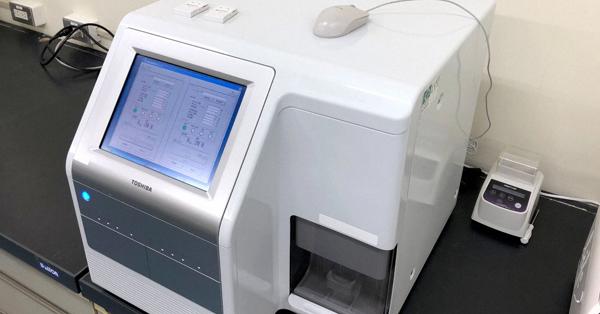Toshiba Corp.’s latest technology has put them at the forefront of the fight against cancer—they have developed a device that is able to detect 13 types of cancer from a single drop of blood from a patient with a staggering 99 percent accuracy, the company announced on Nov 25.
The diagnosis method, which can reportedly detect and treat cancer in its early stages, was developed through a collaboration between Toshiba, the National Cancer Center Research Institute and Tokyo Medical University. Toshiba’s aim is to start a trial in 2020 for the method before commercialising it in “several years”.
The device was built to examine the types and concentration of microRNA molecules secreted in blood from cancer cells. There are similar existing methods out there—Toray Industries Inc. and other companies have also developed their own technologies which can diagnose cancer using microRNA molecules from a blood sample—but Toshiba’s method has the advantages of accuracy, time and cost.
“Compared to other companies’ methods, we have an edge in the degree of accuracy in cancer detection, the time required for detection and the cost,” Koji Hashimoto, chief research scientist at Toshiba’s Frontier Research Laboratory, told a press briefing.
Toshiba developed a chip and a small device that can conduct the diagnosis method in a speedy manner—we’re talking less than two hours, according to the Japanese multinational conglomerate company.
In terms of cost, Toshiba quoted ¥20,000 (S$250) or less for the blood test.
The method will be used to detect the following 13 types of cancer—gastric, oesophageal, lung, liver, biliary tract, pancreatic, bowel, ovarian, prostate, bladder and breast cancers as well as sarcoma and glioma.
Toshiba said that the device could be used for regular health checkups. Any detection of early cancer could then be dealt with and treated immediately.
In April 2019, Toshiba laid out its five-year business strategy and trajectory—medical businesses, such as genome analysis and cell diagnosis, were cited as “key growth pillars along with automation, batteries and digital solutions using artificial intelligence”. /TISG

